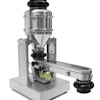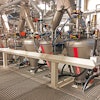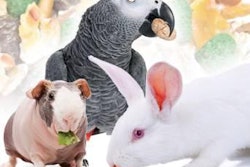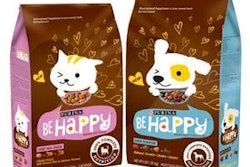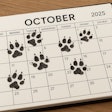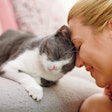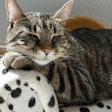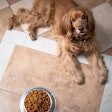We investigated the ability of domestic cats to regulate the macronutrient composition of their diet when provided with foods that differed not only in macronutrient content but also in texture and moisture content, as typically found in the main forms of commercially manufactured cat foods. Cats were provided with foods in different combinations (1 wet + 3 dry, 1 dry + 3 wet, 3 wet + 3 dry) in three separate experiments. Within each experiment, cats were offered the wet and dry food combinations in two (naïve and experienced) diet-selection phases where all the foods were offered simultaneously, separated by a phase in which the foods were offered sequentially in three-day cycles in pairs (1 wet with 1 dry).
Using nutritional geometry, we demonstrated convergence on the same dietary macronutrient composition in the naïve and experienced self-selection phases of each experiment as well as over the course of the three-day cycles in the pair-wise choice phase of each experiment. Further, even though the dietary options were very different in each of these experiments, the macronutrient composition of the diets achieved across all experiments were remarkably similar.
These results indicate that a mammalian obligate carnivore, the domestic cat, is able to regulate food selection and intake to balance macronutrient intake despite differences in moisture content and textural properties of the foods provided.
Source: A.K. Hewson-Hughes et al., 2012. Consistent proportional macronutrient intake selected by adult domestic cats (Felis catus) despite variations in macronutrient and moisture content of foods offered. J Comp Physiol B online December 2012. doi: 10.1007/s00360-012-0727-y
